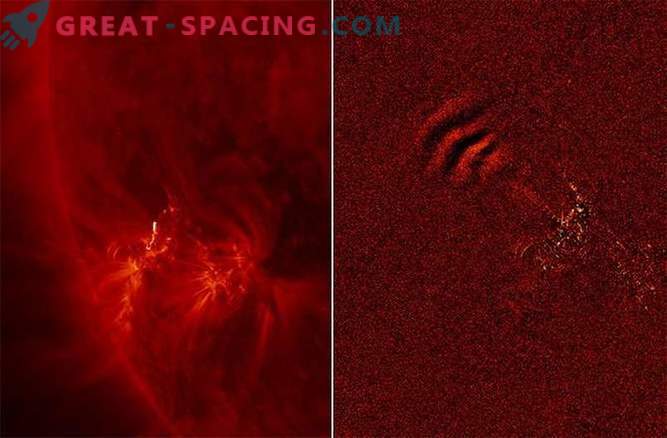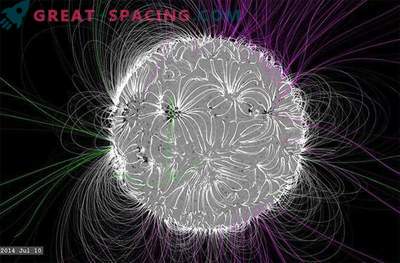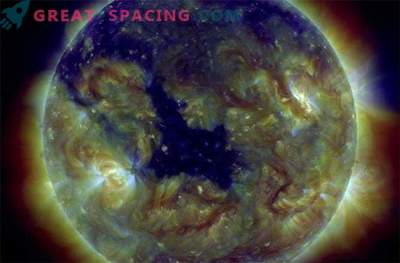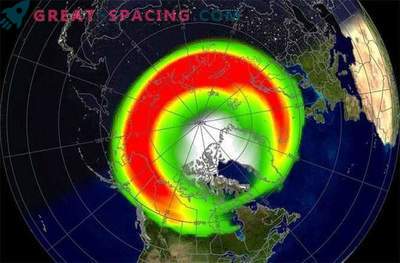January 9, 2015 was a red calendar day for NASA's solar activity research observatory. One of the instruments worked continuously for 5 years, observing our closest star - the Sun. Thus, many images have appeared that allowed scientists to explore the star more extensively. In order to celebrate this event, scientists have chosen one of the best pictures, which is presented here.

The Atmospheric Imaging Assembly used 4 telescopes that worked in tandem, taking 8 images every 12 seconds. Such fast images allowed physicists to better trace the dynamic and transitional changes on the sun at very high resolution.

Since its launch (February 11, 2010), the SDO has been able to see the atmosphere of the Sun, known as the “Crown”. The bottom layer of the Crown plays an important role. It is a decisive factor in the formation of space weather, which also affects our planet. For example, solar storms can disable all satellites and lead to a power outage.

The Solar Observatory has done much more than just exploring solar flares. The process of heating the Crown is one of the most important sun secrets. In other words, the solar atmosphere is very hot and it is home to plasma, which is hotter in temperature by millions of degrees. It is assumed that heating occurs during the interaction of solar plasma and MHD waves. Like magnetic oscillations, the waves propagate along the solar magnetic field, activating the solar plasma and, thereby, increase its temperature. Although scientists have only indirect evidence of this process, since it is difficult to track the movement of the waves. But thanks to the analysis of the SDO instrument, traces of them were found.

June 7, 2011. The sun raised a huge amount of cool plasma cool to the red-hot Corona. This process is not fully understood, but the SDO observed this “rain matter” that rose above the surface of the Sun. This picture shows a cooled plasma.

The Sun's magnetic field sets the internal dynamics of the star and controls the cosmic weather, including the wind that blows to Earth. The SDO device makes it possible to study the magnetic field of the Sun in the smallest detail, giving a complete understanding of the environment not only on the surface of the Sun, but also of other stars. It shows an image of the active region, huge magnetic arcs, known as “crown loops”. Their research was made possible by Helioseismic Magnetic Imager SDO.

It became possible to get close-up shots of the Sun from different angles thanks to the SDO device. He is well established in the study of the dynamics of stars. In this snapshot of December 2011, you can see how comet Lovejoy passes through the solar corona. This intermediate image shows how the comet's tail turned into a loop above the surface of the sun. You can see the trail of a cloud of gas and dust, which eventually changes its direction in relation to the sun.











































